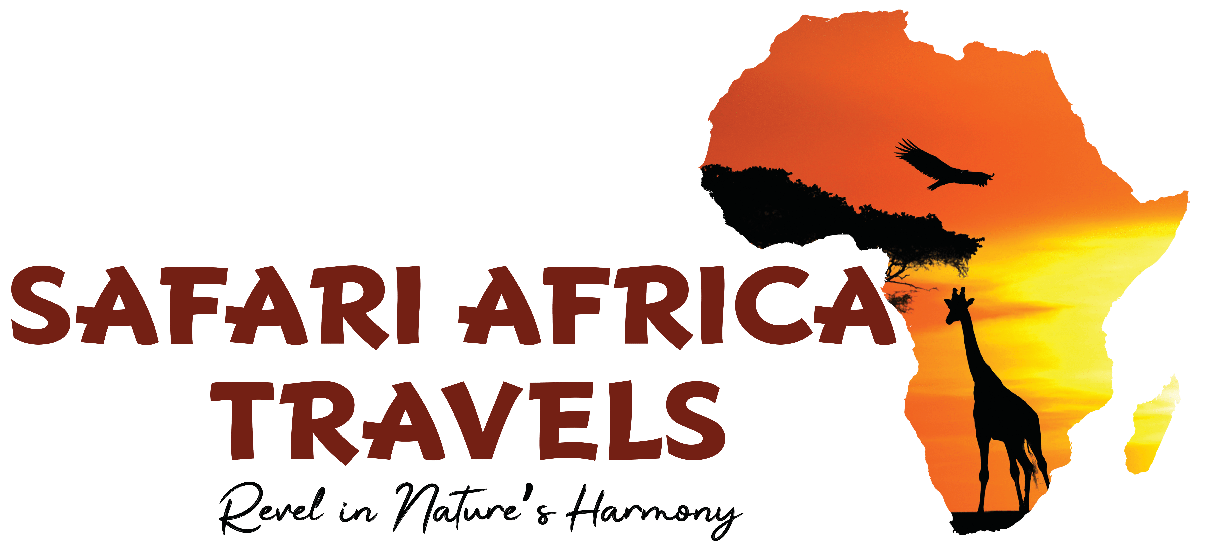Explore Tanzania's Majestic Peaks: Unforgettable Trekking Adventures
Experience the thrill of conquering Tanzania’s iconic mountains and trekking trails. From Kilimanjaro to the Usambara Mountains, these adventures promise breathtaking views and unforgettable moments.
MOUNT KILIMANJARO

Kilimanjaro is the fourth most topographically prominent peak on Earth. It is part of Kilimanjaro National Park and is a major climbing destination. Because of its shrinking glaciers and ice field
is a Dormant Volcano in Tanzania. It has three Volcanic Cones: Kibo, Mawenzi, and Shira. It is the highest mountain in Africa and the highest single free-standing mountain in the world: 5,895 metres (19,341 ft) above sea level and about 4,900 metres (16,100 ft) above its plateau base.
Preparing for the Trek
Kilimanjaro’s extreme altitude and ever-changing climate demand careful preparation. Physical fitness, proper gear, and acclimatization strategies are essential.
On the Trail
Trekking through Kilimanjaro takes you through five distinct climatic zones, from lush rainforests to alpine deserts. Each zone presents its own set of challenges and scenic wonders, making the journey diverse and captivating.
Summiting the Peak
The ultimate goal of every Kilimanjaro trek is to reach Uhuru Peak, the highest point on the mountain. This achievement is a moment of triumph and awe as you stand above the world’s clouds.
The Descent
Descending Kilimanjaro is an equally important part of the journey. It offers a chance to reflect on your achievements and marvel at the landscapes differently.
Kilimanjaro’s Magic
Kilimanjaro’s mystique captivates all who venture here. The mountain’s changing moods, stunning vistas, and the camaraderie of fellow trekkers create an unforgettable experience.
Sustainability
Protecting Kilimanjaro’s delicate ecosystem is crucial. Responsible trekking practices, such as leaving no trace, supporting local communities, and participating in conservation efforts, are vital to preserving this natural wonder.
Kilimanjaro in Culture
Kilimanjaro is not only a geographic wonder but a symbol of African heritage. It has inspired art, literature, and traditions in Tanzania and beyond, making it a significant part of local culture. Oxygen levels at high
When to Climb Kilimanjaro
The best month for climbing are January, February, and September – when the weather is warmer, the skies clearer, and the threat of rain less. June, July, and August are also fine weather-wise, although they tend to be colder as this is ‘winter’ in Tanzania.
The rainy seasons (March through early June and November/December) are tougher times to attempt the climb, although it is still possible with appropriate preparation.
Timing the hike to summit during the full moon is a popular choice, as the brighter nights improve visibility and the moon hanging overhead makes for a beautiful moment when you’re standing atop The Roof of Africa.
Why Climb Kilimanjaro with Us
Our experienced mountain guides will ensure that your climb to the roof of Africa is as safe and easy as possible. Our guides have an intimate knowledge of the various routes and the climate conditions, allowing them to predict changes and avoid accidents along the way.
We ensure all of our guides are 100% physically and mentally prepared so that they can react quickly to counter potentially dangerous situations or to assist climbers. In addition to all of this, we use only the best professional quality mountain climbing equipment, provide you with in-depth pre-trip information, and make sure you’re fed with plenty of delicious food on the climb.
MOUNT KILIMANJARO ROUTES
Marangu (Coca Cola) Route

Marangu Route is often called the Tourist Route or the Coca Cola Route, and is both the least difficult and the shortest way to reach Uhuru Peak. It is also the oldest of the routes. 70% of all climbers choose to take this route, as it mostly consists of easy hiking.
While this is the ‘easiest’ route, it also has a high failure rate due to poor preparation. If you take the route seriously and prepare adequately, you’ll be fine.
Marangu is not considered as scenic as other routes, but it has the benefit of boasting hut accommodation along the route – which makes it a good choice in the rainy season.
You can choose to complete this route in either five days or six days.
Ready to embark to the roof of Africa?
Machame (Whiskey) Route
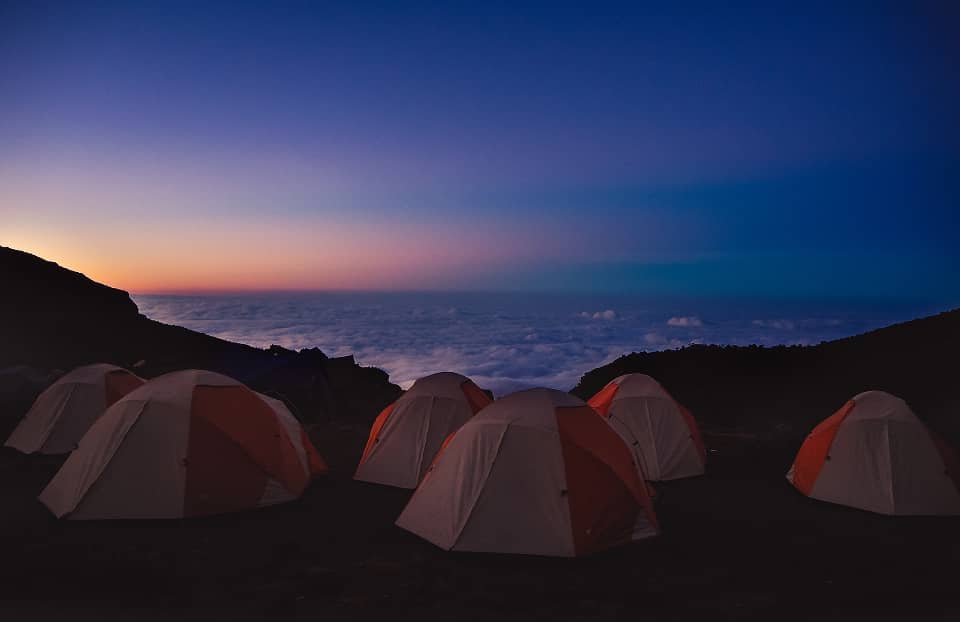
Considered to be the most beautiful and scenic of the various routes up Mount Kilimanjaro, the Machame Route is appropriate for more adventurous hikers who wish for a more physically demanding climb than Marangu or Rongai can offer.
Machame is presently the most popular route despite its higher degree of difficulty, so you can expect to not be the only one climbing.
You can choose to complete this route in either six days or seven days.
Ready to embark to the roof of Africa?
Lemosho Route

With two options when it comes to reaching Uhuru Peak, the longer Lemosho Glades Route is an alternative way to ascend up to the Shira Plateau. The Lemosho route offers climbers an opportunity to see some of Africa’s most iconic animals up close, and the first day’s climbing even requires the presence of an armed ranger.
You can choose to take the easier Machame route to the summit or brave the Western Breach/Arrow Glacier route.
Lemosho offers a great combination of scenic views, low climber density, and a high success rate. It is recommended to allow six to eight days for completion of Lemosho Route.
Ready to embark to the roof of Africa?
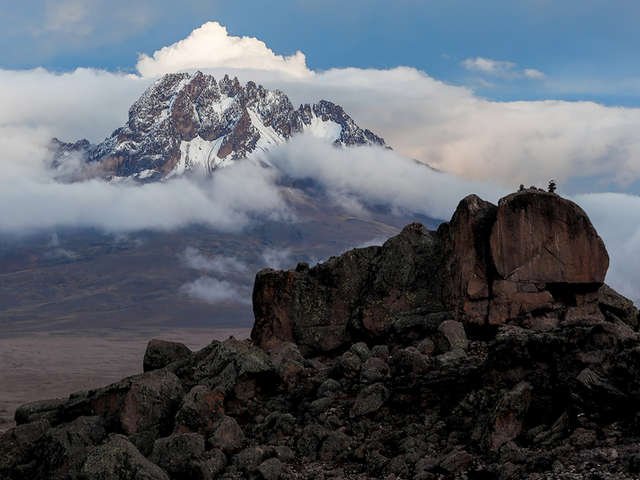
Rongai Route
The six day Rongai Route is the only route up the north-eastern part of the mountain. Second to the Marangu Route in terms of difficulty, this path is also gaining popularity due to the stunning and unique wilderness conditions it features. You spend several days hiking through true wilderness before joining up with the Marangu Route at Kibo Camp.
Caves along the way offer an opportunity to overnight in a completely unique fashion, and the route is a popular choice for those wanting to avoid the Marangu crowds.
The Rongai Route takes six days.
Ready to embark to the roof of Africa?
Umbwe Route
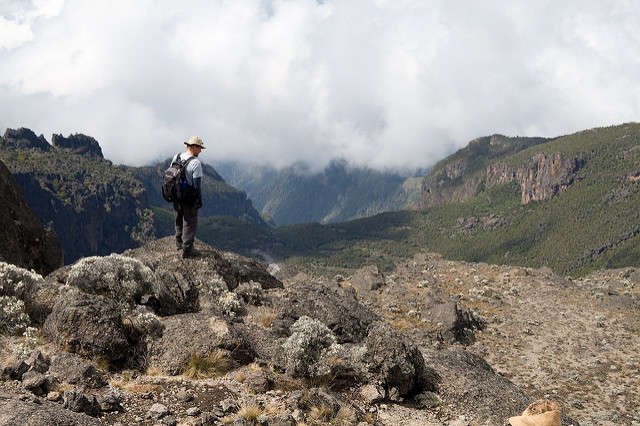
The hardest and steepest route to reach Kilimanjaro’s summit, Umbwe is recommended only for truly experienced climbers.
The direct route means that very little time is allowed for acclimatizing, and the trying climbing conditions combine with this to make it the route with the lowest success rate.
We discourage using this route.
Ready to embark to the roof of Africa?
Northern Circuit Route
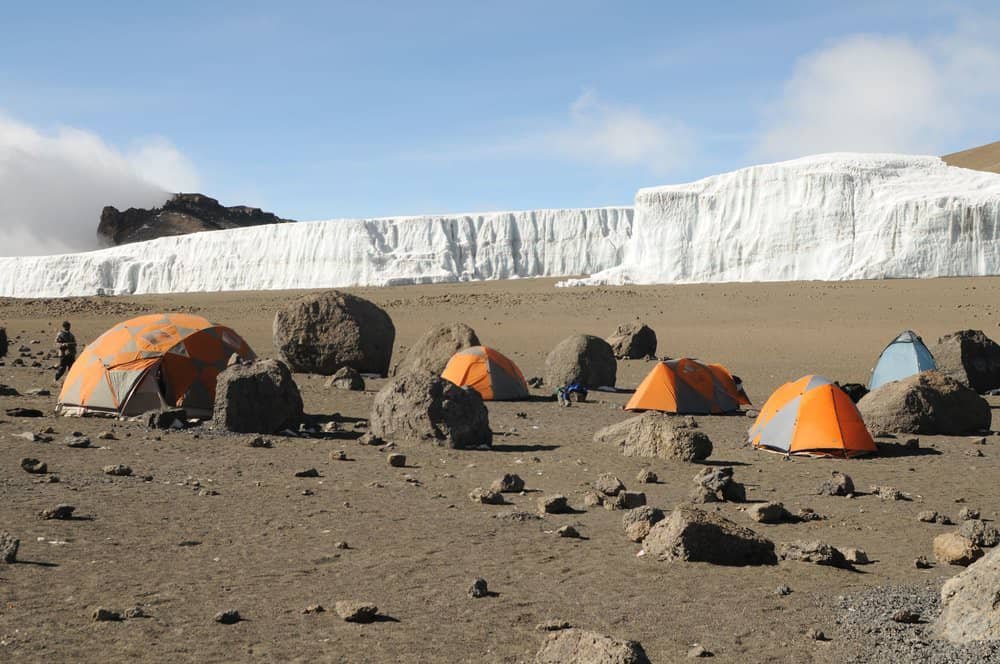
The newest route to the summit of Mount Kilimanjaro, the Northern Circuit is the longest of the routes but promises a quieter, more personal climb.
Beginning on the Lemosho Route, climbers will eventually split away and traverse the mountain’s northern slopes far away from the crowds. The extra time taken to adjust to high altitude on this climb mean it boasts the highest success rate of all routes.
The Northern Circuit takes nine days to complete.
Mount Meru
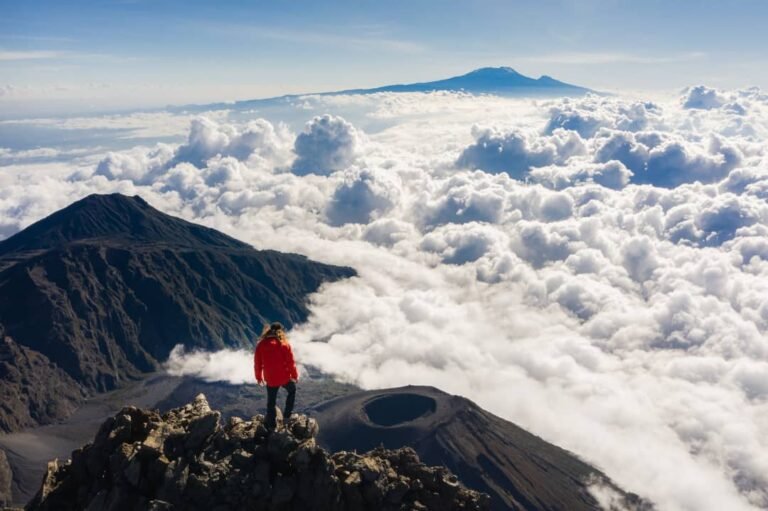
The peak can be ascended in 3 or 4 days on the Momela Route, which is the only way up to the summit. You don’t need any technical equipment for the climb but you will need to be prepared for the altitude gain. You will hike past wildlife, the landscape is spectacular, and sunrise on the summit has Kilimanjaro as the backdrop. Meru is a great preparation hike for climbing Kilimanjaro, or a spectacular trek for those not compelled to do Kilimanjaro. The climb not only offers spectacular views of Mount Kilimanjaro, but also wildlife on the forested slopes and the summit itself offers an amazing view of small cones and craters, which are probably the results of numerous volcanic activities in the past.
Kilimanjaro may be the main attraction in Tanzania, but Mt. Meru is worth your attention as well.
Although it is 4,000 feet shorter than Kilimanjaro, solitary Mt. Meru nonetheless cuts an impressive figure and makes for a challenging acclimatisation hike or an attraction in its own right.
Mount Hanang
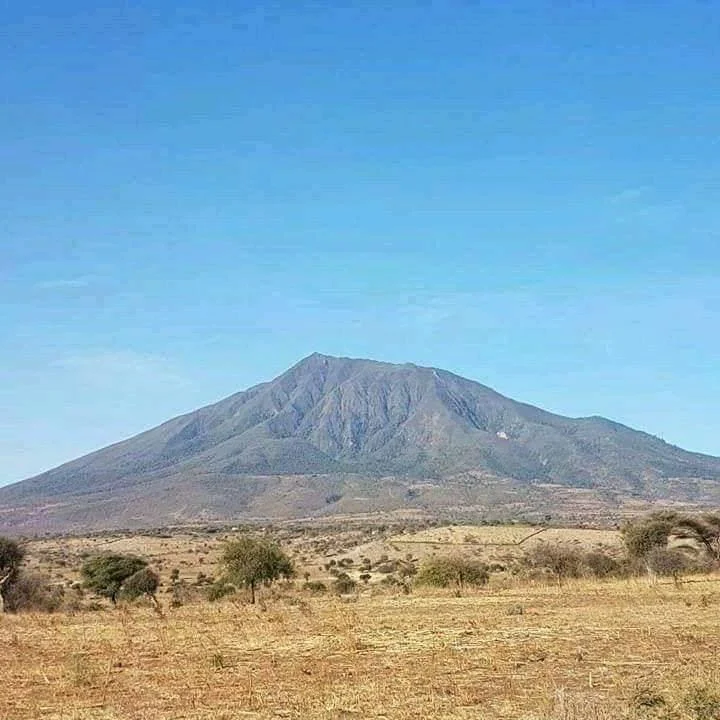
Mount Hanang is an instinct Volcano found in the Eastern arm of the Rift Valley with an attitude range between 1860 msl to 3458 msl
with various vegetation zones such as montane forest, Bush land and grassland,thicket, moorland and heath.
The Moun Hanang nature forest reserve is a major water source with about 5 rivers and some seasonal streams which selupply water to the neighboring Hanang District and Katesh. There are also lakes which are part of the reserve such as Lake Basotugang and Lake Gendabi which are Soda lakes.
Mount Usambara
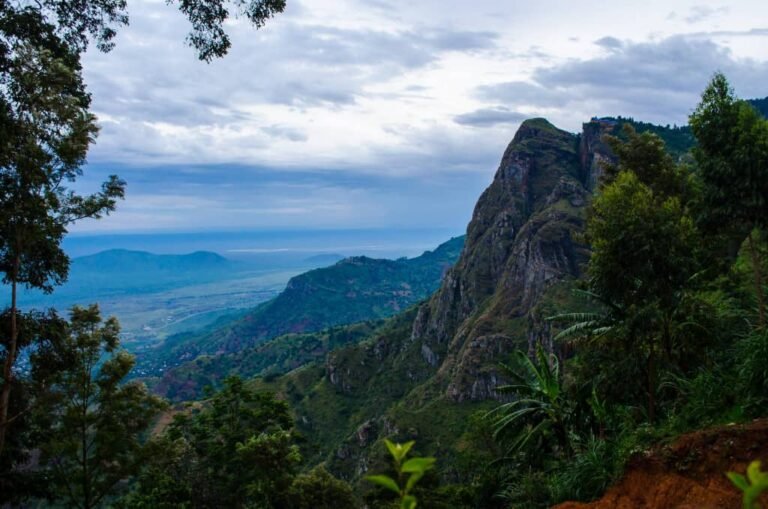
This Mountain block Ranges Up to 2200msl and it’s distributed to over 215 villages.
The Usambara Mountains Are home to an unspoiled tropical forest that is rare in East Africa and of great ecological interest. The tropical forests are home to endemic bird species including the Naduk eagle owl , the Usambara Akalat , Amani sunbird, green-headed oriole, southern banded snake eagle and the Usambara weaver . In addition to learning about the conservation needs of this mountain range and doing some spectacular birding, there are ample opportunities for hiking with stunning viewpoints over the forested mountains
